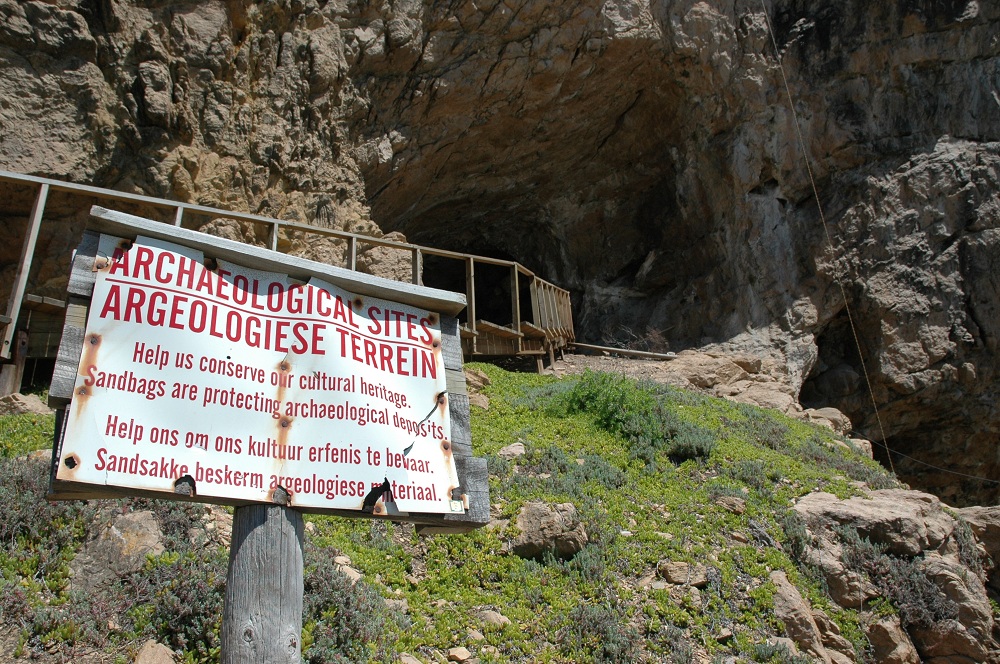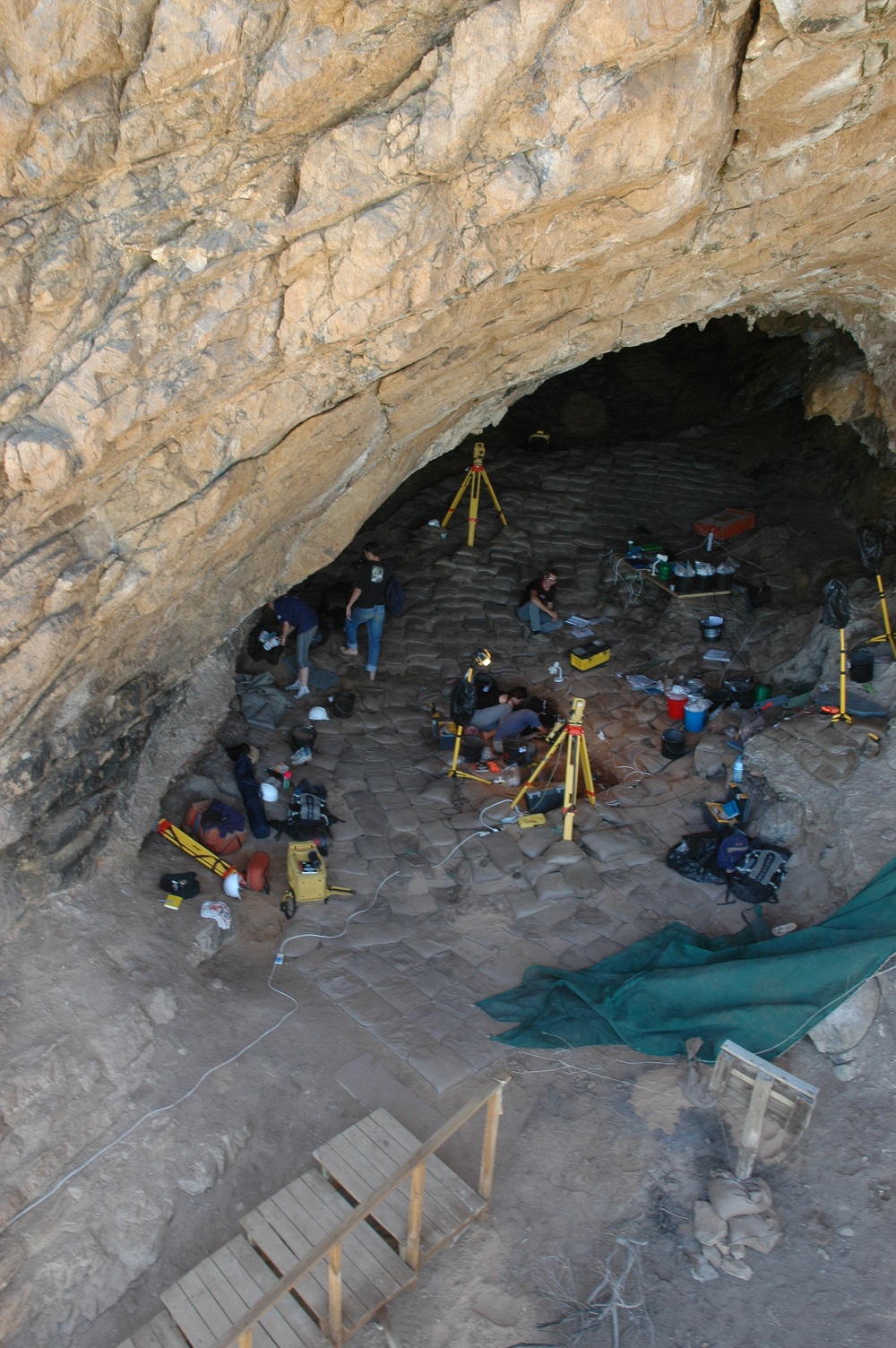Studying Grecian Battles and Human Origins

This ScienceLives article was provided to LiveScience in partnership with the National Science Foundation.
Curtis Marean received his Ph.D. from the University of California at Berkeley in 1990 and is now a member of the Institute of Human Origins and School of Human Evolution and Social Change at Arizona State University. In addition to studying climates and environments of the past,his research focuses on the origins of modern humans, the prehistory of Africa and the study of animal bones from archaeological sites.
Much of his recent work involves anthropological finds at Pinnacle Point, a sea cliff along the south coast of South Africa where a large number of caves overlook the Indian Ocean. In 2007, Marean and a team of researchers reported finding evidence at Pinnacle Point that suggests humans may have eaten seafood more than 40,000 years earlier than previous estimates and it may have been a catalyst for early human migration out of Africa.
In 2009, Marean and colleagues reported finding evidence from this location that early modern humans used fire in a controlled way to increase the quality and efficiency of stone tools, possibly a sign of the evolution of human brain power. In the video below, Marean uses his own brain power to answer the ScienceLives 10 Questions.
Name: Curtis Marean Age: 51 Institution: Arizona State University Field of Study: Archaeology, Human Adaptation, Human Biology, Paleoanthropology, Paleoecology, Zooarchaeology
Editor's Note: This research was supported by the National Science Foundation (NSF), the federal agency charged with funding basic research and education across all fields of science and engineering. Any opinions, findings, and conclusions or recommendations expressed in this material are those of the author and do not necessarily reflect the views of the National Science Foundation. See the ScienceLives archive.
Get the world’s most fascinating discoveries delivered straight to your inbox.




